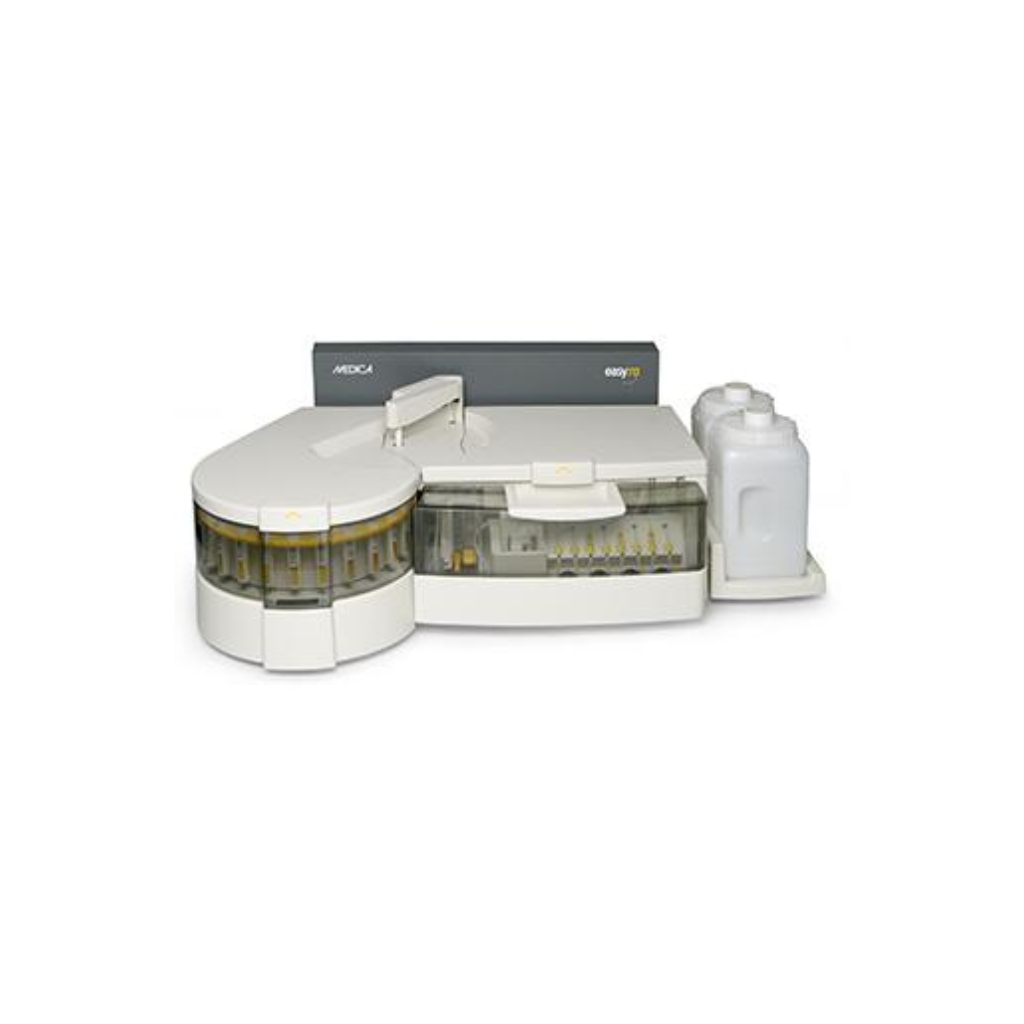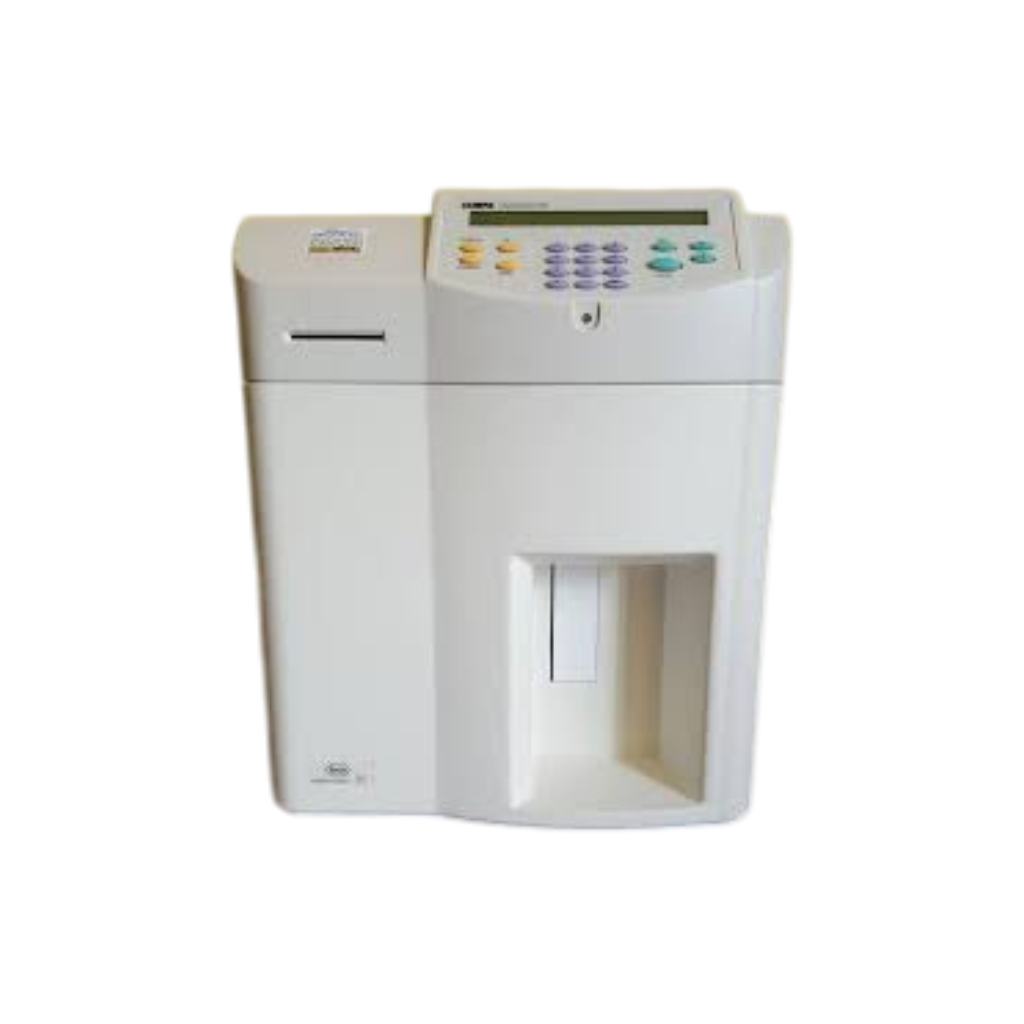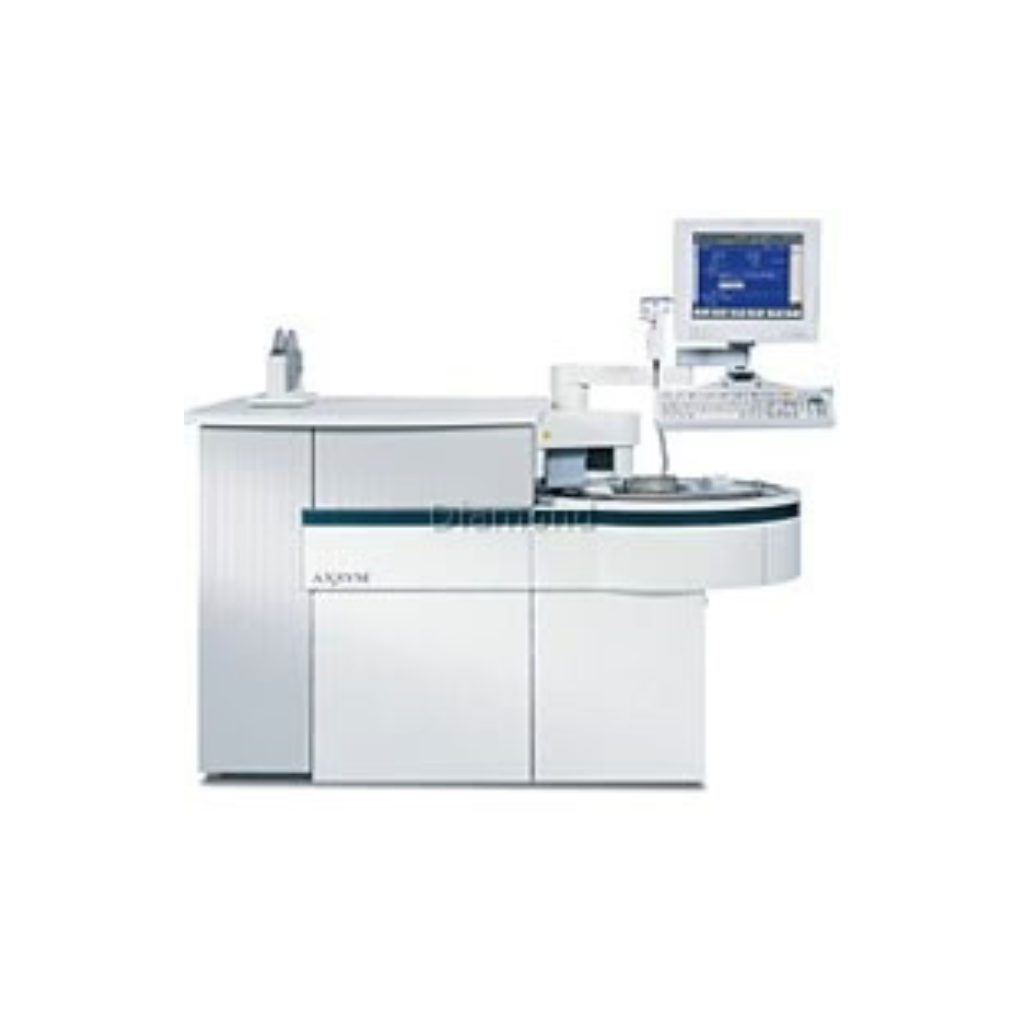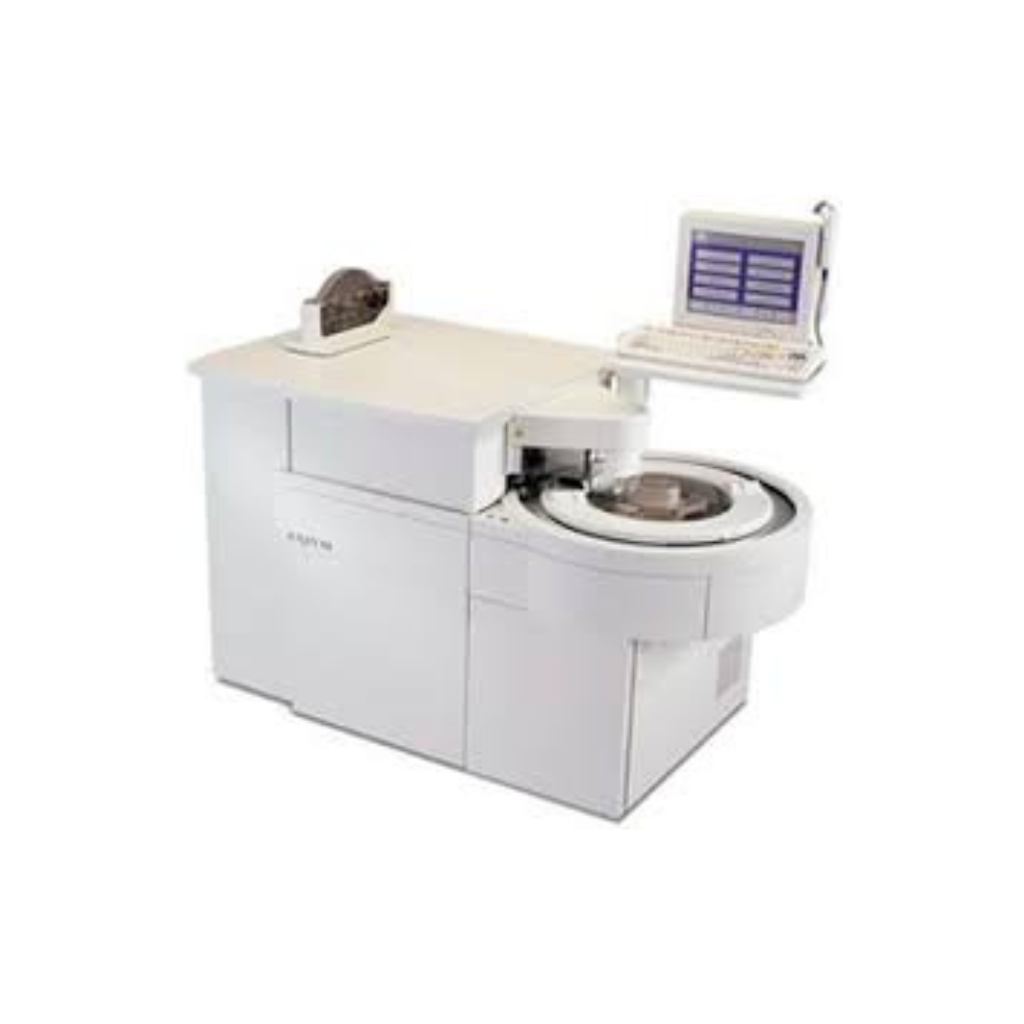Medica EasyRA Chemistry Analyzer - LIS, PRINTER
In Stock
Product code: 10415
Manufacturer: Medica Corporation
Shipping Weight: 92.00lbs (41.73kg)
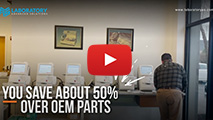
WHY CHOOSE BLOCK SCIENTIFIC?
See why in 2 mins.
Medica EasyRA Chemistry Analyzer - LIS, PRINTER
Description
EasyRA Analyzer - LIS, PRINTER
New FeaturesFaster Throughput
- Increased throughput up to 240 samples/hour depending on the tests assayed.
- Faster cycle time for inventories, pipetting and fluid handling.
- No changes to spare parts/consumables for the end user.
- Maintenance schedules are almost identical. Waste tubing maintenance schedule reduced from 6 to 4 months.
- Limited changes to existing reagents. BUN, GGT and ALP parameters have been slightly modified to improve performance on all models.
- Minimal hardware changes. No additional service training required.
- Track different analyzer versions by serial number: Higher speed analyzers have an 11-digit serial number versus 8-digits for the current versions.
- No changes to analyzer catalog (REF) numbers. REF 10415 (No ISE, with Printer)
Benefits of moderately complex drug screening on the EasyRA analyzer
- Fully automated enhancing efficiency
- Positive/negative results reported, no manual visual interpretations
- Reduce risk of transcription errors with automated data entry and bidirectional LIS communication
- Give clinicians more control by allowing them to run individual analytes of interest
- Single platform for drugs of abuse in urine and routine chemistries
Features
EasyRA specifications
- system specifications: true random access, clinical chemistry analyzer
- throughput: Patient results per hour, photometric: up to 240 tests/hour*; ISE: up to 240 tests/hour*; STAT time: 8 minutes (Na+/K+/Cl-/CO2/GLU/BUN/CREA)
- types of analysis: endpoint, enzymatic, rate, bichromatic, potentiometric, enzyme immunoassay (EIA), turbidometric immunassay (TIA
- samples: 24 sample positions per sample ring for patient, calibrator, or QC samples; STAT: up to 5 user-defined positions; optional second sample ring uniquely identified by analyzer; automatic dilution: 1:2, 1:3, 1:5 and 1:10 final dilution
- sample volume: photometric chemistries: 2.0–25.0 μL; programmed in 0.1 μL steps; ISE chemistries: serum: 80–90 μL; urine: 140 μL
- sample containers: sample cups or primary tubes in a wide range of sizes
- sample identification: position ID, barcode ID (optional), barcode types: codabar, code 39, 128, interleaved 2 of 5
- reagents: 24 positions for reagents; reagent cooling temperature 12º–15º C less than ambient; reagent identification: RFID (radio frequency identification) technology - automatic tracking and entry of reagent information (chemistry name, lot number, expiration date; reagent volumes; analysis volumes for reagents, samples, diluent; primary and secondary wavelengths; reaction read times; analysis type; reagent and sample blanking; linear range of assay; acceptable absorbance ranges). Reagents are ready to use. 6 open channels.
- reagent volumes: reagent volume (R1)/test 120–350 μL; programmed in 1 μL steps. reagent volume (R2)/test 10–50 μL; programmed in 1 μL steps
- water supply: reagent grade deionized water, diluent bottle
- sampling system: probe pre-heater; single probe with RF level sensing; inner and outer probe washing
- cuvette material: optical acrylic; disposable segments; 12 cuvettes per segment; 6 total segments in reaction area
- reaction time: 1–15 minutes
- reaction temperature: 37º ± 0.25º C (photometric chemistries)
- wavelength: 340, 405, 520, 550, 600, 660, 700; half bandwidth 10 ± 2 nm
- light source: xenon flash lamp, 5 year typical life
- photometric linearity: 0.0–2.5 Abs units for 0.6 cm pathlength (1% deviation)
- photometric resolution: 0.0001 Abs units at 1.0 Abs
- quality control: 2 levels of controls (Levey-Jennings plots for two levels)
- calibration curves: single and multilevel calibration (based on analyte)
- user interface: edit and monitor worklists; review results; review calibration and quality control results; Levey-Jennings charts for 31 days of QC results; on-board diagnostics and individual component monitoring; graphic instructions for daily, weekly and monthly maintenance procedures
- data storage: 2000 patient results; 56,000 test results, ability to archive and retrieve results
- power requirements:100 VAC–240 VAC ± 10% 50–60 Hz, 4.0/2.0A
- size and weight: 40˝ w x 15˝ h x 26˝ d (102 cm x 38 cm x 66 cm), 88 lbs (40 kgs) without reagents
- ambient conditions:15º–30º C (59º–86º F); <85% relative humidity, non-condensing atmospheric air environment
- computer requirements:minimum: Windows® 8**; CD/CD-RW; 1 RS-232 or USB port; touch screen monitor or SVGA color monitor, mouse and keyboard
- printing: local or network printer
- optional features:ISE Module



